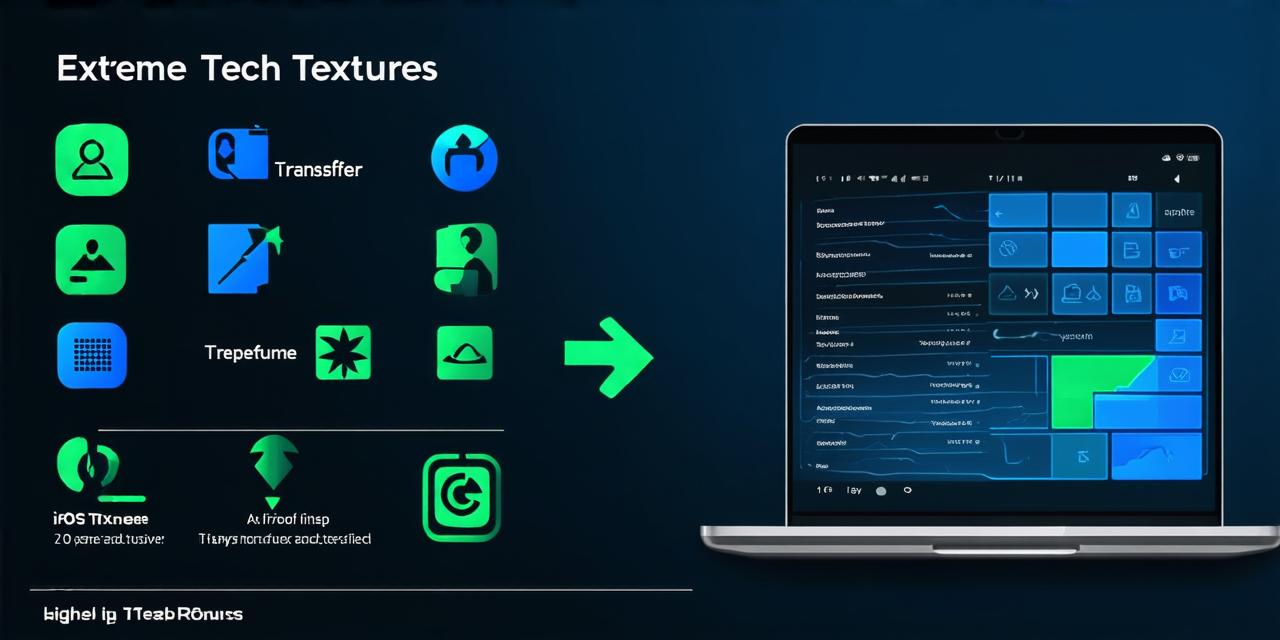Moving an iOS App to a Different Developer Account
If you are an iOS developer, there may come a time when you need to move your app to a different developer account. This could be for a variety of reasons, such as merging with another company or simply changing hands.
Why Move Your iOS App?
Before we dive into the specifics of moving an iOS app to a different developer account, let’s take a moment to understand why you might need to do this in the first place. There are several reasons why a developer may need to move their app to a different account:
-
Mergers and Acquisitions: If your company is acquired by another, you may need to move your iOS app to the new owner’s developer account. This allows the new owners to take ownership of the app and continue to support it.
-
Changes in Ownership: If you sell or transfer ownership of your iOS app to someone else, they will need to have access to the code and be able to make updates. Moving the app to their developer account is one way to do this.
-
Technical Reasons: Sometimes, there may be technical reasons why an app needs to be moved to a different developer account. For example, if your current account is suspended or terminated, you will need to move your app to a new account in order to continue supporting it.
Pros and
Cons
of Moving Your iOS App
Now that we have covered the reasons why you might need to move your iOS app, let’s take a look at the pros and cons of doing so:
Pros
-
Access Control: By moving your iOS app to a different developer account, you can ensure that only authorized individuals have access to the code. This can be especially important if you are concerned about security or data privacy.
-
Simplified Management: If you have multiple apps in different accounts, moving them all to one account can simplify management and make it easier to update and maintain them.
-
Improved Collaboration: Moving your iOS app to a new developer account allows for improved collaboration between teams, especially if the new owners are making changes or updates to the app.

Cons
-
Time-Consuming Process: Moving an iOS app to a different developer account can be a time-consuming process, which can be disruptive to your business and customers.
-
Loss of History: If you move your iOS app to a new developer account, you will lose any history or metadata that was associated with the original account. This can make it more difficult to track updates and changes over time.
-
Technical Challenges: Moving an iOS app to a different developer account can be technically challenging, especially if the accounts are not already linked or if there are issues with permissions or access.
Requirements for Moving Your iOS App
Before you start the process of moving your iOS app, there are a few key requirements that you need to meet:
-
Developer Accounts: You will need to have both the old and new developer accounts in order to move the app. If you don’t have the new account yet, you will need to create one before you can start the process.
-
App IDs: Both the old and new developer accounts must have access to the same app IDs. This is important because the app IDs are used to identify the app in the App Store and other Apple services.
-
Code Signing: In order to move your iOS app, you will need to sign the code with a certificate from the new developer account. This will ensure that the app can be distributed on behalf of the new owner.
-
Permissions: You will need to make sure that both the old and new accounts have the necessary permissions to perform the tasks required for moving the app.
Steps to Move Your iOS App to a Different Developer Account
-
Create a New Developer Account: The first step in moving your iOS app is to create a new developer account. You will need to provide some basic information and create an Apple ID. Once you have created the new account, you will be able to access it and start the process of moving your app.
-
Prepare Your App for Transfer: Before you can transfer your iOS app, you will need to prepare it for transfer. This involves creating a backup of your code and metadata, as well as making sure that the app IDs are linked to the new account. You will also need to sign the code with a certificate from the new developer account.
-
Update Your App Store Listing: Once you have prepared your app for transfer, you will need to update your App Store listing to reflect the new owner of the app. This involves updating the contact information and adding a note to inform users about the change.
-
Submit Your App for Review: After you have updated your App Store listing, you can submit your iOS app for review by Apple. This will involve going through a few basic checks to ensure that the app meets the necessary standards and is ready to be distributed on behalf of the new owner.
-
Wait for Approval: Once your iOS app has been submitted for review, you will need to wait for approval from Apple. This can take anywhere from a few hours to a few days, depending on the complexity of the app and the volume of submissions.
-
Distribute Your App: Once your iOS app has been approved by Apple, you can start distributing it through the App Store and other Apple services. You will need to make sure that the app IDs are linked to the new account in order for this to work properly.
Conclusion
Moving an iOS app to a different developer account can be a complex and time-consuming process, but it’s important to do so if you need to change hands or merge with another company. By following these steps, you can ensure that the process goes smoothly and that your app is transferred successfully to the new owner. It’s also important to keep in mind the pros and cons of moving an iOS app before making a decision, as well as the requirements that must be met in order to move the app. With careful planning and execution, you can successfully transfer your iOS app to a new developer account and continue supporting it for years to come.
